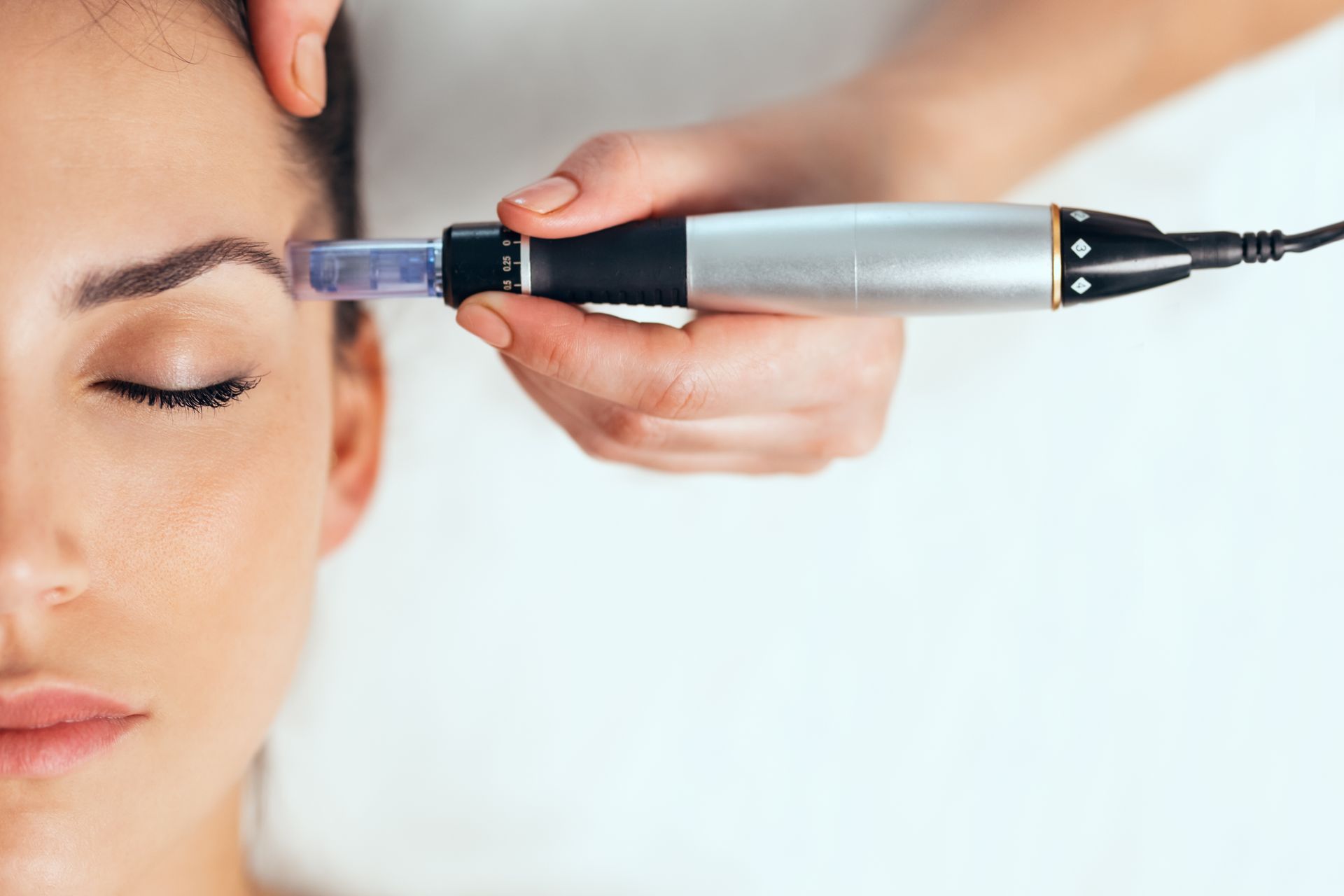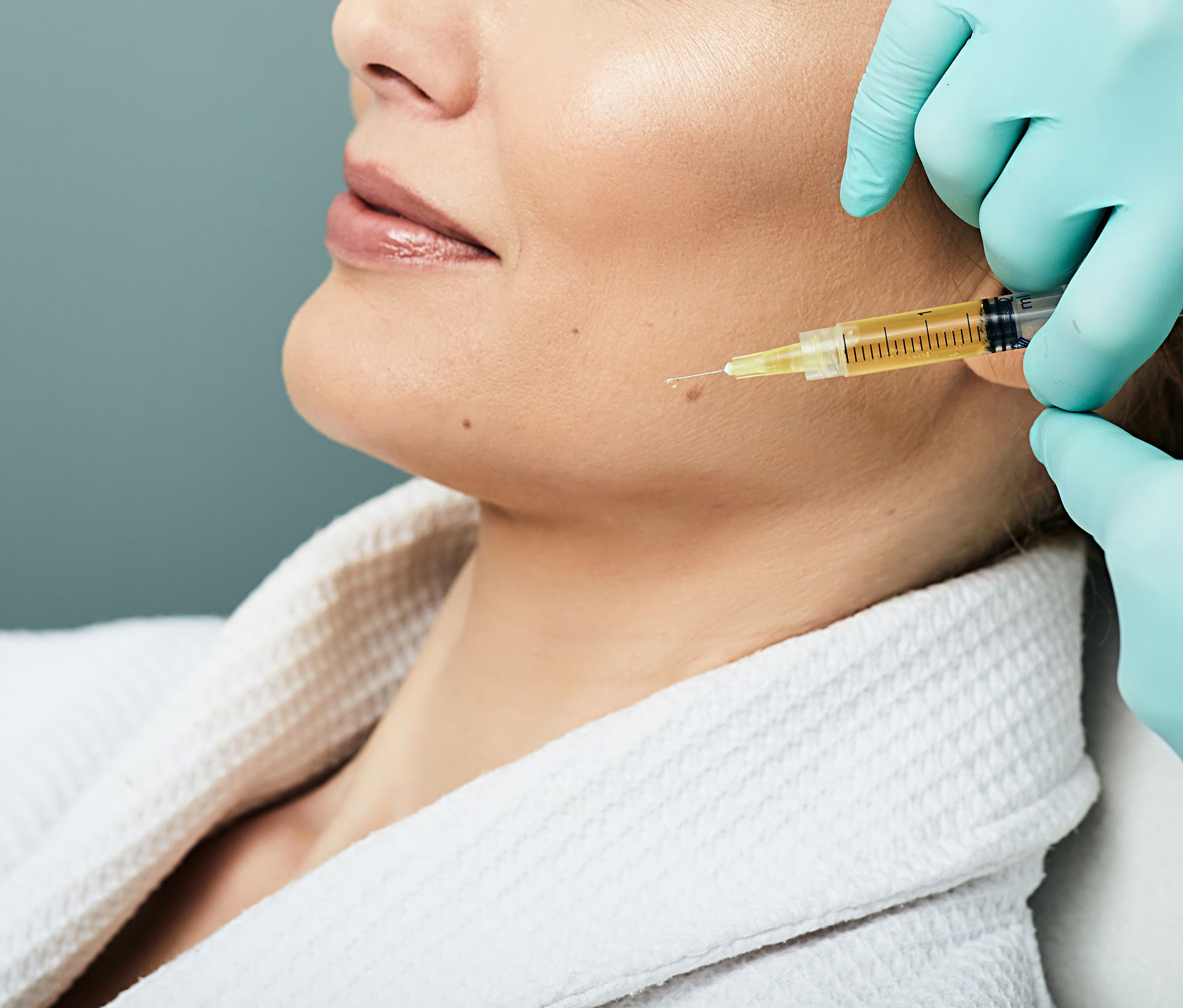Who is a Good Candidate for PRP Treatment?
Platelet-Rich Plasma (PRP) therapy has gained significant popularity in recent years for its ability to accelerate the body’s natural healing process. Originally used by athletes to speed up recovery from sports injuries, PRP treatment has since expanded into areas like dermatology for skin rejuvenation, orthopedics for joint pain, and even hair restoration. If you're curious whether PRP treatment might be right for you, understanding who is an ideal candidate is crucial. This blog will cover what PRP therapy is, its benefits, and who is most likely to benefit from it.
What is PRP Therapy?
Platelet-rich plasma therapy involves extracting a small amount of blood from the patient, then spinning it in a centrifuge to separate the platelets. Platelets are a type of blood cell that aid in healing by releasing growth factors that help repair damaged tissue and stimulate the production of new cells. When injected back into the injured area, these growth factors stimulate healing by promoting cell migration, proliferation, and differentiation.
This treatment can be used in various medical fields:
Orthopedics: PRP is often used for injuries like tendonitis, ligament sprains, or chronic joint pain.
Aesthetics: It's popular for skin rejuvenation treatments (e.g., the "vampire facial") and reducing fine lines and wrinkles.
Hair Restoration: PRP injections are increasingly used to treat hair loss by stimulating hair follicles.
While PRP is considered safe because it uses your own blood, not everyone is a perfect candidate for the therapy. Below are the conditions and characteristics that make someone a good candidate for PRP treatment.
Ideal Candidates for PRP Treatment
Individuals with Mild to Moderate Tissue Damage
People suffering from mild to moderate injuries or degenerative conditions may benefit most from PRP therapy. Whether it’s a chronic issue like osteoarthritis or an acute injury like a tendon strain, PRP can help accelerate healing and reduce pain.
For those dealing with mild joint or soft tissue issues, PRP is often a good alternative to more invasive treatments like surgery. However, in cases of severe tissue damage or advanced degenerative diseases, PRP may not be enough on its own. Your doctor might recommend it as a complementary treatment to physical therapy or even surgery.
Athletes with Sports Injuries
Athletes who experience sprains, tendonitis, or muscle tears can be good candidates for PRP therapy. The treatment has been particularly successful in speeding up recovery from injuries like tennis elbow, Achilles tendonitis, and rotator cuff tears. Since PRP harnesses the body’s own healing processes, it can reduce downtime and get athletes back to their sport sooner. However, it’s important for athletes to consult with a sports medicine specialist to determine if PRP is appropriate for their specific injury.
People with Early-Stage Hair Loss
PRP therapy has shown promise in treating androgenic alopecia (pattern hair loss) in both men and women. Ideal candidates are those in the early stages of hair thinning, where the follicles are still present but underperforming. PRP injections into the scalp can help rejuvenate these follicles and stimulate new hair growth.
For individuals experiencing complete baldness, PRP may not be as effective since it cannot create new hair follicles. However, in the early to moderate stages of hair loss, PRP can be an effective non-surgical solution.
Patients Looking for Skin Rejuvenation
PRP is often used in dermatology for cosmetic purposes, particularly for facial rejuvenation. It is a popular choice for individuals looking to reduce the appearance of wrinkles, fine lines, acne scars, and uneven skin tone. The treatment stimulates collagen production, which helps improve skin texture and elasticity.
The best candidates for PRP facial treatments are those with mild to moderate signs of aging or skin damage. Because PRP encourages your body to produce collagen over time, results can take weeks to months to fully appear, making it ideal for people seeking gradual, natural-looking improvement.
Patients Wanting to Avoid Surgery
PRP therapy offers a less invasive alternative to surgery, which makes it an appealing option for individuals looking to avoid the risks and long recovery times associated with surgical procedures. This is especially true in the case of joint or tendon injuries, where surgery might otherwise be the next step if conservative treatments like physical therapy and medications have failed.
PRP can be a bridge between more traditional, non-invasive therapies and surgery, providing significant pain relief and tissue repair in some cases without going under the knife.
Who Should Avoid PRP Therapy?
While PRP therapy is generally safe, certain people may not be good candidates for the treatment. You might want to avoid PRP if you fall into any of these categories:
Severe Health Conditions: Individuals with conditions like cancer, liver disease, or blood disorders may not be suitable candidates for PRP treatment.
Blood or Platelet Disorders: People with chronic conditions affecting blood clotting or platelet function may not be able to receive PRP therapy.
Active Infections: If you have an infection at the treatment site, PRP injections may need to be postponed until the infection clears.
Final Thoughts About PRP Treatments
PRP therapy can be a fantastic option for individuals dealing with mild to moderate tissue damage, early-stage hair loss, or skin aging. Athletes with sports injuries and those looking for non-invasive treatment options can also benefit from it. However, it’s essential to consult with a healthcare provider to determine if you’re an ideal candidate for PRP therapy based on your specific condition and health status.
The best way to find out if PRP is right for you is to schedule a consultation with a medical professional who specializes in this treatment. They can assess your unique situation and help you make an informed decision about whether PRP is the right path for you.
Let P4 Biologix Supply Top-Notch Regenerative Medicine Products for Your Patients
Elevate the level of care you provide to your patients by partnering with P4 Biologix for top-notch regenerative medicine products. Our innovative solutions are designed to enhance healing, improve patient outcomes, and support your practice with the highest standards of quality and performance. Whether you're treating orthopedic injuries, chronic pain, or soft tissue damage, P4 Biologix offers the cutting-edge tools you need. Contact us today to learn how our regenerative medicine products can transform your patient care and take your practice to the next level!



Have Questions?

Our Products
All Rights Reserved | P4 Biologix
All Rights Reserved | P4 Biologix

